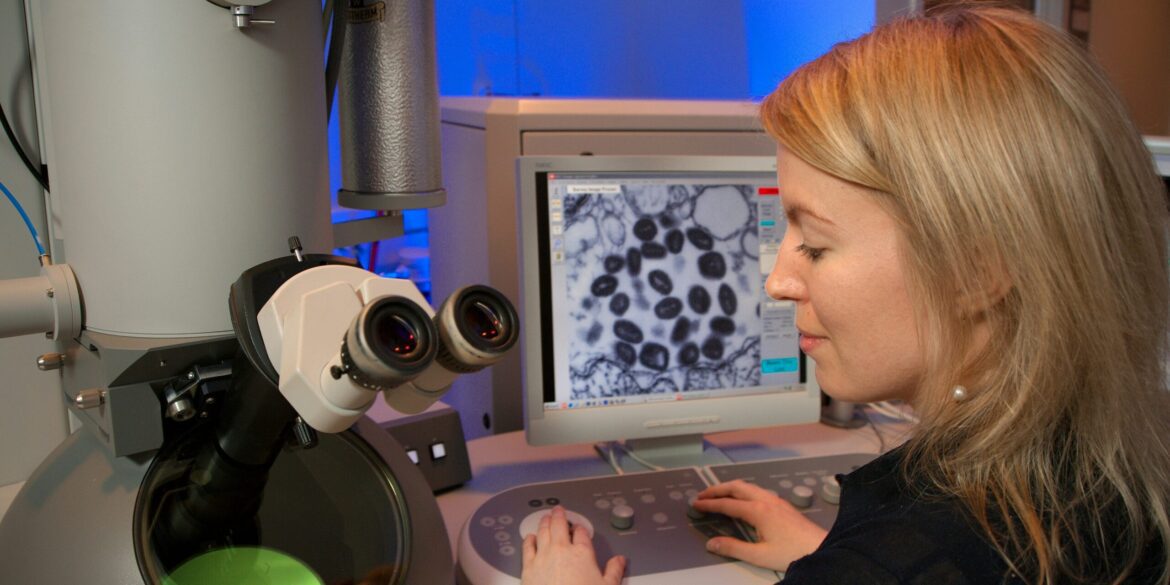The National Institutes of Health (NIH) on July 16, 2025, unveiled a groundbreaking MRI system known as Connectome 2.0, capable of imaging the living human brain at near-cellular resolution—a level of detail previously only possible in postmortem studies or animal research. This advanced scanner marks a significant leap in non-invasive imaging, bringing scientists closer to mapping the human brain with unmatched precision.
The ultra-high-resolution MRI achieves its clarity through two key engineering advances. First, it features a head-conforming design that fits snugly around the subject’s head to reduce motion and enhance spatial accuracy. Second, it employs up to 96 receiver channels in a phased-array coil, significantly increasing the signal-to-noise ratio and enabling visualization of fine neural structures such as axon diameters and individual cells.
Connectome 2.0 also utilizes ultra-strong gradient coils, achieving strengths of 500 mT/m and slew rates of 600 T/m/s—about 18 times more powerful than those found in conventional MRI systems. These capabilities allow researchers to visualize the brain’s microarchitecture, from small nerve fibers and individual neurons to larger circuits and pathways.
The scanner has undergone safety testing in healthy volunteers. Early results show detectable differences in brain microstructure between individuals, such as variations in axon thickness and cell size, which were previously invisible with non-invasive technology. These findings suggest that subtle structural differences may play a significant role in cognition and neurological health.
Read Also:
Connectome 2.0 is part of NIH’s BRAIN CONNECTS program, an initiative under the broader BRAIN Initiative aimed at creating a detailed wiring diagram of the human brain. This tool represents a major milestone in neuroscience by enabling researchers to study how micro-level structural differences relate to human behavior, cognition, and disease.
According to Dr. John Ngai, director of the BRAIN Initiative, the scanner represents a transformative advance in brain imaging by expanding the boundaries of what scientists can observe in the living brain. Dr. Susie Huang of Massachusetts General Hospital emphasized that the platform achieves the long-sought goal of imaging the brain “from cells to circuits,” opening new paths for both basic research and clinical applications.
Technological improvements behind the system include novel diffusion imaging methods and optimized reconstruction techniques. The scanner utilizes specially designed pulse sequences and gradient coils to achieve spatial resolutions between 0.6 and 0.8 millimeters in diffusion imaging, revealing intricate features like sharply curving axons and complex fiber crossings that were previously undetectable, even with earlier 7 Tesla MRI machines.
The potential applications of this technology are vast. Scientists expect to gain deeper insights into disorders such as Alzheimer’s disease, multiple sclerosis, autism, and schizophrenia—conditions where disruptions in brain microstructure have long been suspected but difficult to confirm in living patients. The scanner also holds promise for the development of precision neuroscience, where brain treatments could be tailored based on an individual’s unique cellular and structural brain makeup.
NIH plans to expand the use of Connectome 2.0 in larger human studies and eventually integrate the technology into clinical research and practice. As the BRAIN CONNECTS initiative progresses, this advanced MRI system may play a crucial role in creating comprehensive maps of brain wiring across various demographics, paving the way for new diagnostic tools and therapeutic strategies.
The development of Connectome 2.0 represents a pivotal advancement in neuroscience and medical imaging, offering a powerful new lens through which researchers can study the living brain and its many complexities.

